No products in the cart.
Return To Shop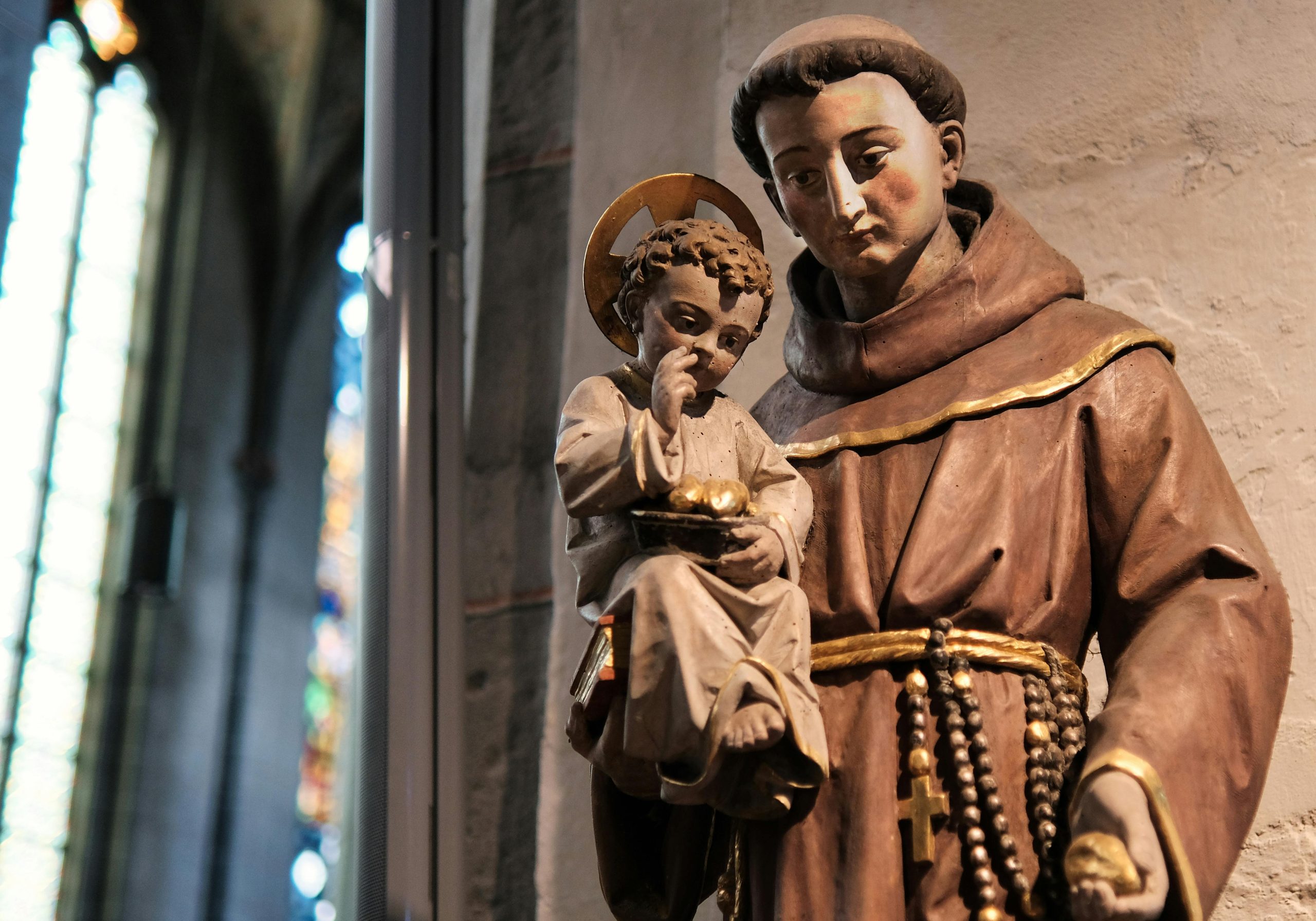
Journey into the Silence and Robes of Monks
Imagine walking through the serene corridors of an ancient monastery, the soft rustle of fabric as monks move gracefully in their simple yet iconic robes. Each garment tells a story a story of devotion, humility, and a commitment to a higher purpose. These robes, often plain in design, are rich in meaning and history. The image of a monk in robes evokes a timeless connection to faith, tradition, and inner peace. From the humble brown robes of Franciscan monks to the striking black habits of the Benedictines, monk robes are more than attire they’re symbols of a spiritual journey. In this Article, we’ll explore everything about monk robes and their names, colors, materials, and even how to craft one yourself. Whether you’re curious about their meaning, planning a costume, or exploring historical clothing, this guide has something for you.
What Are Monk In Robes Called?
Monk in robes are often referred to as habits, a name that reflects their use in religious life. These robes symbolize the monk’s dedication, humility, and simple lifestyle. The term “habit” is commonly used across Christian monastic communities, with variations in color, style, and accessories that often signify monasticism’s specific order or branch. Depending on the order or tradition, the specific robes may have different names:
- Franciscan Robes: Franciscans wear simple brown robes with a corded belt, symbolizing their vow of poverty and dedication to living a life close to nature.
- Benedictine Robes: Benedictines often wear black robes, a symbol of humility and repentance. Benedictine oblates, who follow the Benedictine rule but do not take formal vows, wear a simpler version known as the Benedictine oblate habit.
- Capuchin Robes: Capuchin monks wear a similar style to the Franciscans but may include a distinctive pointed hood.
- Jesuit Monk Robes: Typically plain and black, Jesuit monk robes emphasize simplicity and humility. These monk in robes reflect the Jesuit commitment to service, education, and spiritual discipline, serving as a symbol of their focus on devotion and purpose over material concerns.
The Symbolism of Colors
The colors of monk robes aren’t just for appearance they carry deep meanings that reflect the monk’s beliefs, values, and way of life. Each color tells a story about the spiritual path and traditions of the community it represents.
- Brown Robes: Brown symbolizes humility and simplicity. It’s connected to the earth and reflects a life free of materialism. Franciscans and Capuchins: These monks wear brown to show their dedication to a modest, humble lifestyle.
- Black Robes: Black represents self-discipline, humility, and a life of prayer and penance. Benedictines: Their black robes reflect their serious devotion to work, study, and worship. Jesuits: They wear black to symbolize their commitment to education and spiritual focus.
- White Robes: White stands for purity, peace, and spiritual focus.
- Gray Robes: Gray represents modesty and a neutral, simple lifestyle. Some monks wear gray to show a balance between humility and practicality.
Why Do Monks Wear Robes?
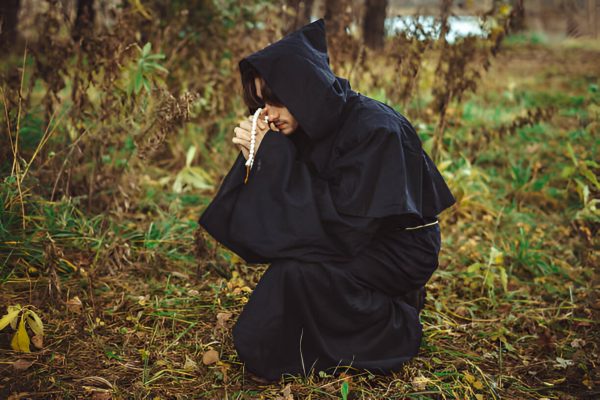
Hooded Robes Worn By Monks
Monks wear robes as a sign of their commitment to a spiritual life, and these robes represent more than just clothing they are a symbol of humility, discipline, and devotion. By wearing simple, modest attire, monks set themselves apart from the material world, focusing instead on their inner life and relationship with the divine.
The monk in robes also serve a practical purpose. They are comfortable and functional for the everyday activities of monastic life, such as prayer, meditation, and work. The uniformity of robes across different orders helps foster a sense of equality, as everyone, regardless of background, is seen as equal in the eyes of their faith.
Additionally, the robe’s simplicity allows monks to live without distractions, emphasizing their vow of poverty and detachment from worldly possessions. Wearing the robe becomes a daily reminder of their spiritual goals and the life they have chosen to lead.
Fun Fact: The hooded design was not just for prayer; it also helped keep monks warm in chilly monasteries.
What Are Monk Robes Made Of?
Historically, monk robes that made from materials that were durable, sustainable, and easy to source:
- Wool: Ideal for colder climates, providing warmth and durability.
- Linen or Cotton: Lightweight and breathable, perfect for warmer regions.
- Hemp: A rustic option valued for its strength and eco-friendliness.
Today, similar materials are still used to craft authentic robes, blending tradition with modern techniques.
Monk Robes Through Time
Monk robes have evolved slightly over centuries, yet their essence remains unchanged. Medieval monks wore robes tailored for harsh climates, while modern monks may adapt designs for practicality. Some well-known historical styles include:
- Benedictine Monk Patterns: Traditional black robes with a hood.
- Franciscan Robes: Loose-fitting brown garments tied with a simple rope belt.
- Cistercian White Habits: Representing purity, often with an additional scapular.
Crafting Your Own Monk Robe
Making your own monk robe can be a rewarding project, whether you’re crafting it for religious purposes or as a friar medieval hooded monk renaissance priest robe costume cosplay.
The process is similar to making traditional robes, and you can find patterns online for everything from simple medieval monk robe patterns to more elaborate renaissance priest robe designs. If you’re aiming for historical accuracy, adding a hooded design like those worn by monks during the Middle Ages can bring authenticity to your creation.
For a more authentic approach, you can also explore Franciscan monk robe patterns, or Benedictine monk habit patterns for a more precise look. Whether you’re seeking a costume for cosplay or just want to learn more about how monks dressed in medieval or renaissance times, crafting a robe is a great way to immerse yourself in their history.
How to Wear a Monk Robe
Wearing a monk robe is simple yet meaningful. Follow these steps:
- Put on the Tunic: This serves as the base layer, draped over the body.
- Add the Belt: Wrap a rope around your waist and tie it in a basic knot.
- Adjust the Hood: If your robe has a hood, drape it over your head or shoulders.
This timeless outfit is not just comfortable but also steeped in symbolism.
Where to Buy Monk Robes
If crafting isn’t for you, don’t worry some stores specialize in authentic monk robes. Holy Clergy, for instance, offers high-quality robes tailored for religious or historical needs.
Conclusion
Monk in robes are more than pieces of fabric they’re reflections of faith, commitment, and centuries-old traditions. Whether you’re learning about their meaning, exploring historical styles, or considering crafting one, these garments invite us to connect with a simpler, more spiritual way of life. Curious to learn more about other religious garments or historical attire? Stay tuned for our upcoming articles and continue your journey of discovery!
Frequently Asked Questions (FAQs)
What is a monk’s robe called?
A monk’s robe is traditionally called a habit, representing a commitment to a monastic life. The design and name can vary by order, but it generally includes a tunic, scapular, belt, and sometimes a hood.
Why do monks wear brown robes?
Monks wear brown robes to symbolize humility, poverty, and simplicity. The color reflects a connection to nature and the earth, especially in Franciscan orders, where brown is a sign of renouncing worldly wealth and embracing modest living.
What fabric is used for monk robes?
Monk robes are made from natural fabrics such as wool, cotton, linen, or hemp. These materials are chosen for their durability, comfort, and simplicity, aligning with the monk’s vow of modesty and sustainability in daily living.
Which monks wear black robes?
Monks from the Benedictine and Jesuit orders wear black robes. The black color represents discipline, repentance, and a focus on the internal spiritual journey, rather than outward appearance, aligning with their structured and contemplative lifestyles.
How do you tie a monk robe belt?
To tie a monk robe belt, wrap the rope or cord around your waist, bring the ends forward, and tie a simple square or overhand knot. The knot symbolizes commitment and is often worn loosely for comfort.
Can I make a monk robe at home?
Yes, you can make a monk robe at home using natural fabric, a simple sewing pattern, and basic sewing tools. Focus on a loose, flowing design with wide sleeves and an optional hood to keep it traditional.
What is the meaning behind monk robe colors?
Monk robe colors carry deep symbolism: brown for humility, black for discipline, and white for purity. Each color reflects a monk’s spiritual path and the values of their religious order or community tradition.
Why do monk robes have hoods?
Hoods on monk robes serve both practical and spiritual purposes. They provide warmth, promote modesty, and help monks focus during prayer or meditation. In some orders, the hood symbolizes detachment from worldly distractions.

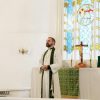
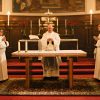
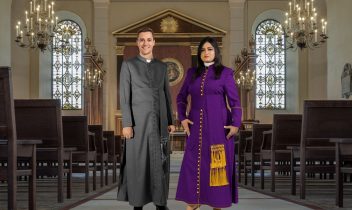
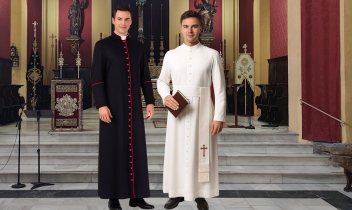
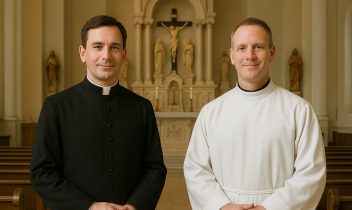
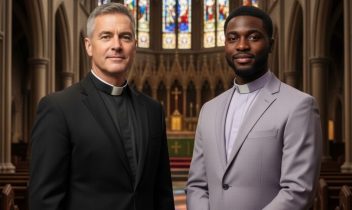
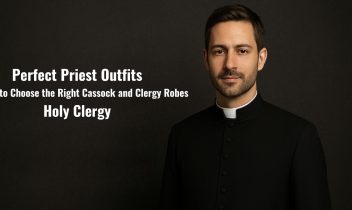
Recent Comments